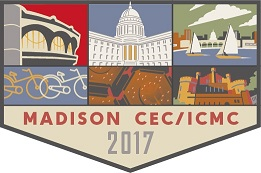Speaker
Description
This presentation discusses the NASA Aeronautics Advanced Air Transport Technology Project’s perspective on electric propulsion technologies for future generations of large transport aircraft. Recent system studies commissioned by NASA and other organizations have identified these technologies as promising approaches to dramatically reduce aircraft fuel consumption, noise, and emissions. These technologies are part of the Project’s overall research portfolio aimed toward developing ultra-efficient commercial aircraft in conjunction with alternative low-carbon propulsion and energy systems to enable safe and sustainable future growth in global aviation. It is anticipated that systems based on both room temperature and cryogenic electrical technologies will be needed in the future. In the near term, room temperature electric systems are likely to impact aviation by making their way onto smaller aircraft and by augmenting traditional propulsion systems on larger aircraft. Cryogenic technologies, including fully superconducting motors and generators in a superconducting and cryogenic electric grid, cryogenic inverters, low-AC-loss superconductors and lightweight cryocoolers, will likely be needed in the far term to deliver the several tens of megawatts of propulsive power needed for large transport aircraft. The presentation outlines the opportunities and challenges for electric, hybrid-electric, and related distributed propulsion technologies for commercial aviation, and describes some of the related concepts and enabling technologies that are currently being developed.
